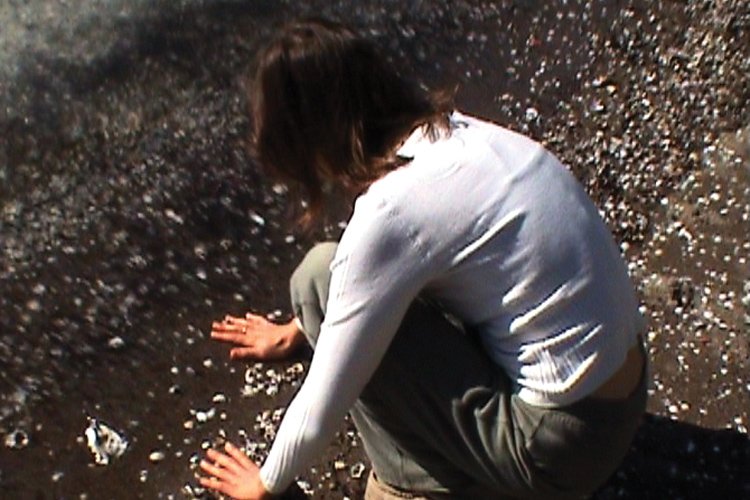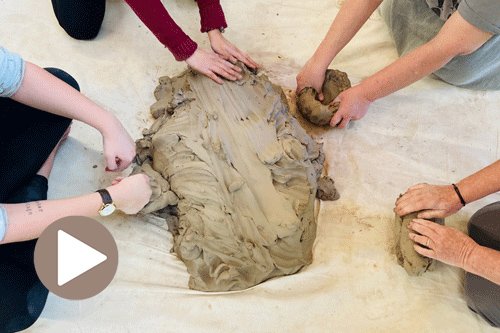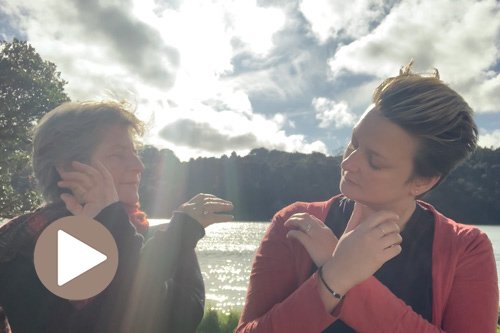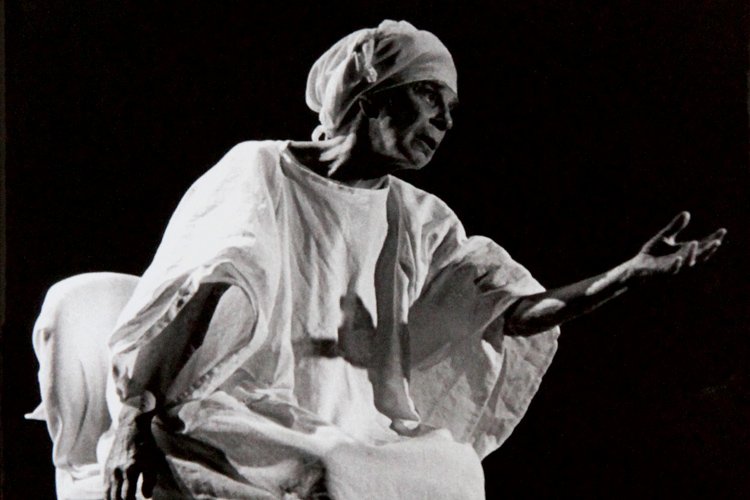/explore
JoCAT’s /explore facility allows you to explore published JoCAT and ANZJAT articles, practice papers, reflections and essays, creative works, reviews, interviews and podcasts, and videos by theme. Themes are added as they emerge from our current and back issues so please check back into the JoCAT website or follow us on our social.
/Dance Movement Therapy
-
Movement has the capacity to take us to the home of the soul, the world with for which we have no names. Movement reaches our deepest nature, and dance creatively expresses it. Through dance, we gain new insights into the mystery of our inner lives. When brought forth from inside and forged by the desire to create personal change, dance has the profound power to heal the body, psyche and soul.
Anna Halprin (2000)
Dance Movement Therapy (DMT) emerged as a field in the 1940s as early innovators, many of whom were accomplished dancers, began to realise the benefit of using dance and movement as a form of psychotherapy. Dance movement therapy is founded on the principle that there is a relationship between motion and emotion and that by exploring a more varied vocabulary of movement, people experience the possibility of becoming more securely balanced and increasingly spontaneous and adaptable.
Movement is the body’s primary language and is fundamental to the development of attachment, attunement and empathy. Through movement we express our personality, our conditioning and we can discover new resources. We may block ourselves from certain movements because unconsciously we are afraid of feelings that may arise, or we have been conditioned not to do it. One of the greatest values in working with the feedback process between movement and feelings is that as we develop a broader vocabulary of movement – we have greater freedom to express the way we feel.
The dance movement therapist creates a holding environment where such feelings can be safely expressed, acknowledged and communicated. Through movement and dance each person’s inner world can become tangible. Individuals can share much of their personal symbolism and in dancing together relationships become visible. The DMT therapist utilises bodily experience toward the expression, communication and transformation of emotion. Every emotion has a survival value – the same emotions when repressed and denied can restrict and distort the body. DMT can introduce the possibility of containment, and to contain is not to suppress, but to feel deeply and to tolerate the discomfort of this and find a way of expressing it symbolically. It can assist us to express, contain, shift and also transform emotions.
In recent years there has been a surge of interest in body-based approaches to psychotherapy, particularly in the arena of trauma-informed therapy. Theorists such as Levine, Ogden, Porges and Van der Kolk have been instrumental in championing the need to utilise nonverbal, somatic, symbolic methods. A wide range of overlapping approaches within DMT include: Authentic Movement, somatic practices, and body psychotherapy. Many creative arts therapists include the use of embodiment, expressive movement and dance within a multi-modal or intermodal approach. Popular community-based expressive movement practices include 5 Rhythms, Open Floor, and No Lights No Lycra/Dancing in the Dark.
/podcasts
/interviews
/creatives
/videos
We are looking to add more publications in this area of research. If you are undertaking creative arts therapies research in dance movement therapy and would like to contribute to JoCAT please get in touch.
Please note that there is an Author Support Bursary to encourage a greater diversity of voices in JoCAT. Read more information about this scheme by clicking the button below.













